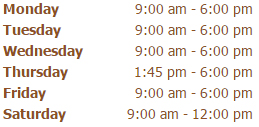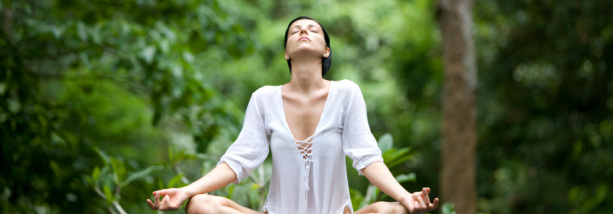Office HoursLocation211 - 2678 West Broadway
Vancouver, BC V6K 2G3 Phone # 604 734 1980Sign Up for Dr. Nelson's
Quarterly Newsletter Coming Soon "The doctor of the future will give no medicine, but will interest his patients in the care of the human frame, in diet, and in the cause and prevention of disease." |
The Check In#1 - Body Scan
Sit or lie in a quiet room. Take a few slow breaths, a count of 5 in and 10 out. Now focus your mind and pay attention to your feet. Slowly move up to your calves, then knees and thighs. Move your attention to your hips and lower back. Your abdomen, chest and upper back. Bring your attention into your shoulders, down your arms to your elbows then hands. Finally bring the focus to your neck, jaw, face and head. What did you feel? Was anything tight or restricted? Was it easy to relax or difficult? Which areas felt good, which felt bad? This is a useful exercise to scan your body for a quick assessment of how things are feeling and functioning. It can guide you to focus on certain stretches or exercises to reduce tension and stress. The more you practice it, the more you will pick up. Dr. Nelson #2 - Joint Scan
There are 3 planes and 6 types of motion. Each joint has all or a combination of these motions. We are going to go through motion in each region of the body and pay attention to the subtle movements of each area. Stand in a quiet room. Take a few slow breaths, a count of 5 in and 10 out. Now focus your mind and pay attention to your feet. Lift up your toes, then curl them under. Spread your toes outwards, pause, then slowly bring them back. How did they move? Was it difficult and painful or effortless? How did the rest of your body react? Pay attention to each area as you move through the ranges of motion. Move up to your ankles, start with your right, with your heel on the ground lift up your foot. Now point your foot and lift the heel up. Curl your ankle inwards and then outwards. Gently roll your ankle to the outside and then inside. Repeat on the left side. Bend your knee back and then completely straighten it. Lift your leg up at the hip, then back. Rotate your whole leg internally then externally. Swing your leg out to the side, then in across the other leg. Bend forward, back and to each side throughout your spine. Rotate each direction as well. Repeat the sequence for your neck. Extend your fingers, now make a fist. Spread your fingers and then squeeze them together. Flex and extend your wrists. Laterally flex your wrist outwards then inwards. Bend your elbows and then extend them. Rotate your wrist internally then externally. Bring your arm forward as high as you can, then bring it back behind you. Now up to the side away from your body and then across to the other side. Now rotate your whole arm internally and externally. Finally shrug your shoulders up and down, forward and back together. Shoulder blade motion can be tricky as we are often unaware of the movement. It may take a few attempts to really get protraction(forward) and retraction(backwards) isolated. This is a useful exercise to scan your body to assess your joints feel and function. It can guide you to focus on certain stretches or exercises to increase and restore range of motion. You can track it over weeks to see what is working and what isn't. The more you practice it, the more you will pick up. Dr. Nelson #3 The Walking Scan
This is a great practice if you are going on a quiet walk, or any walk where you can take a few minutes focus on your body and movement. Feel your heels land on the ground, how they roll forward and push off on the balls of your feet and big toe. Notice the muscles the move your leg forward and then propel your body forward. Check in on your hips and see if they are extending. Are both of your legs even? Bring your attention up to your shoulders and arms, are you shoulder blades back and together or are they rolled forward. Do you have tension in your hands or forearms, are you arms swinging freely. Now focus on your breath, is it deep and slow or fast and quick. Is it relaxed or bringing tension to your shoulders. Repeat this process on flats, uphills and downhills. Pay attention to the differences. Dr. Nelson |

